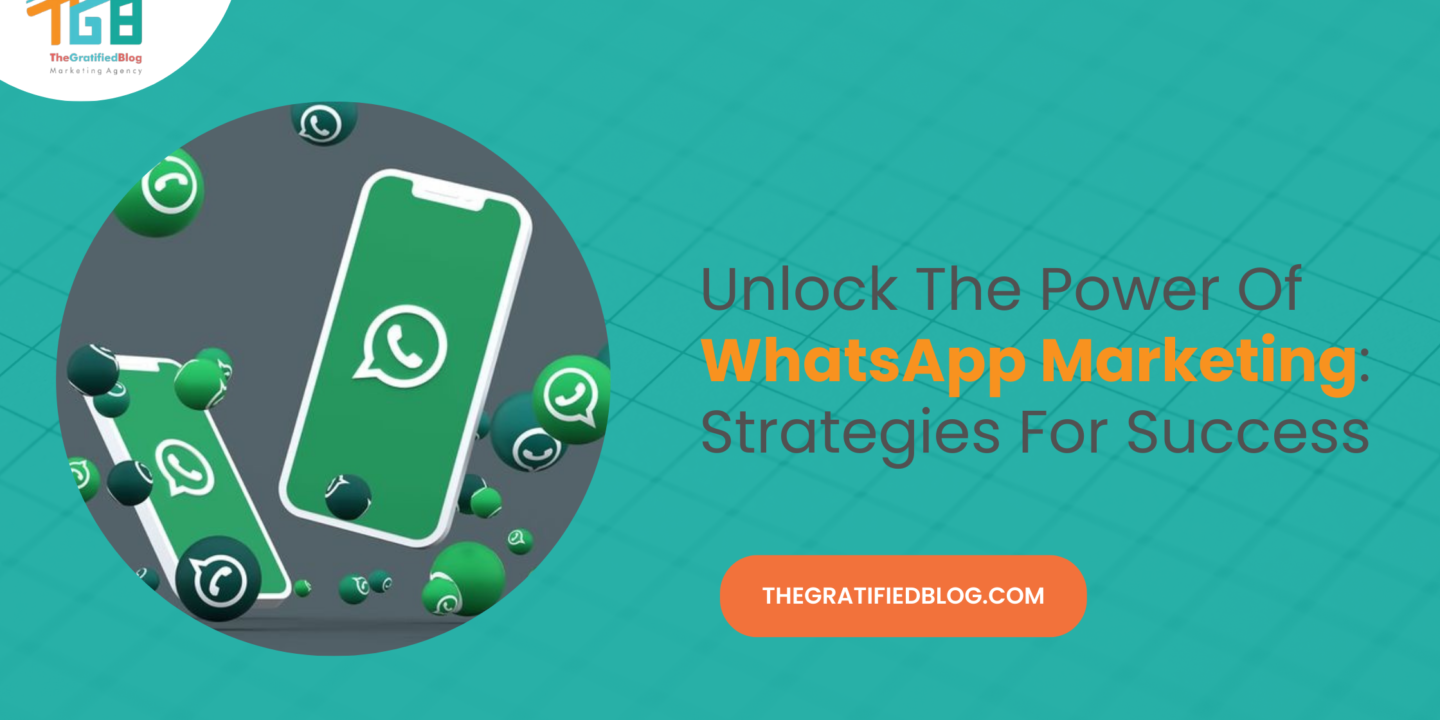
In the ever-expanding realm of digital marketing, where trends shift rapidly and consumer engagement is paramount, the emergence of WhatsApp marketing has revolutionised the way businesses connect.
WhatsApp boasts over two billion active users globally, making it a formidable platform for companies to engage with their audience. It is one of the most popular messaging platforms globally, presenting an unparalleled opportunity for brands to engage with their customers directly.
In this comprehensive guide, we delve into the dynamic landscape of WhatsApp marketing, exploring its significance, strategies, best practices, and future trends. Whether you’re a seasoned marketer seeking to expand your reach or a budding entrepreneur looking to harness the power of digital communication, understanding the nuances of WhatsApp marketing is essential for staying ahead in today’s competitive market.
So, let’s embark on this journey to unlock WhatsApp marketing’s full potential and elevate your brand to new heights of success.
Understanding WhatsApp Marketing And Its Benefits

WhatsApp marketing entails the utilisation of the WhatsApp messaging platform as a tool for promoting products, services, and brands to potential customers. It involves leveraging various features of WhatsApp, such as broadcast messages, WhatsApp Business API, groups, and status updates, to communicate directly with users and engage them in marketing initiatives.
Unlike traditional marketing channels, WhatsApp offers a more personalised and interactive approach, allowing businesses to establish direct real-time communication with their target audience.
Now let’s understand its benefits
Direct And Personalized Communication
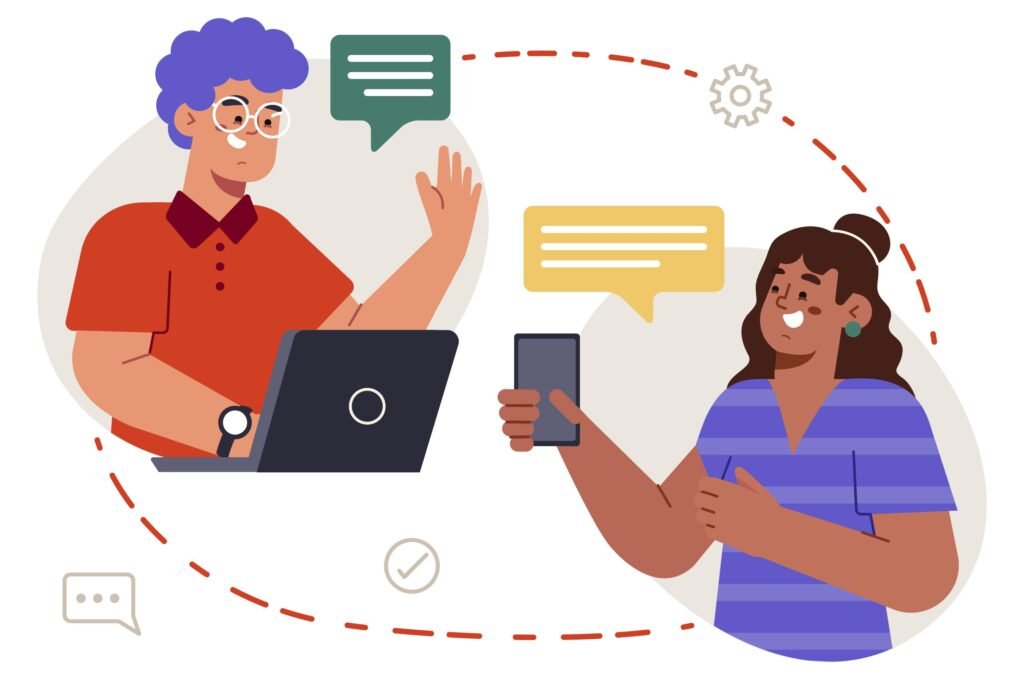
WhatsApp allows businesses to communicate directly with customers, facilitating personalised real-time interactions. Unlike traditional marketing channels where messages may get lost in clutter or go unnoticed, WhatsApp messages are delivered directly to user’s mobile devices, increasing the likelihood of engagement.
This direct communication enables businesses to address customer inquiries, provide personalised recommendations, offer exclusive deals, and build stronger relationships with their audience.
High Engagement Rates:

With WhatsApp’s high engagement rates, businesses can effectively attract the interest of their intended audience and stimulate meaningful interactions. Studies have shown that WhatsApp messages have significantly higher open and response rates than alternative communication channels like email or social media.
By leveraging features like multimedia content, interactive notifications, and timely updates, businesses can keep their audience engaged and foster a sense of loyalty and trust.
Cost-Effective Marketing:

Using WhatsApp for marketing offers a cost-effective solution for businesses and small and medium-sized enterprises (SMEs) with limited marketing budgets. Unlike traditional advertising channels that require substantial investments in ad placements or media buys, WhatsApp allows businesses to reach their audience directly at minimal costs.
Whether sending promotional messages, conducting surveys, or providing customer support, WhatsApp offers a cost-efficient way to engage with customers and drive conversions without breaking the bank.
Now that you understand WhatsApp marketing and its associated benefits let’s craft a WhatsApp marketing strategy.
Setting Up Your WhatsApp Marketing Strategy
Setting up an effective WhatsApp marketing strategy requires careful planning and consideration of several vital components. Every step is critical in guaranteeing the success of your campaign. Let’s explore these steps in detail:
Identifying Your Target Audience
Identifying your target audience is a pivotal first step in any marketing endeavour. Before embarking on any initiatives, engaging in comprehensive market research is imperative to comprehend your potential customers fully. This entails delving into demographics, interests, behaviours, and pain points.
By comprehending the nuances of your target demographic, you can develop messaging and content that resonates with their needs and preferences. This customised method enhances the chances of interaction and conversions, laying a solid foundation for your marketing strategy.
To glean insights into your audience, leverage various tools such as surveys, social media analytics, and customer feedback mechanisms. These resources provide invaluable data that illuminates your audience’s preferences, enabling you to refine your strategy accordingly. By utilising data-driven insights, you can adapt your approach to establish meaningful connections with your target audience, leading to impactful outcomes in your WhatsApp marketing endeavours.
Establishing Goals And Objectives

Setting precise and measurable objectives is crucial for the effectiveness of your WhatsApp marketing strategy. Whether you aim to enhance brand visibility, drive website visits, generate leads, or increase sales, articulating specific objectives enables you to monitor progress and assess the impact of your endeavours.
By outlining SMART goals—Specific, Measurable, Achievable, Relevant, and Time-bound—you provide a framework that offers clarity and guidance for your marketing initiatives.
Ensure that your goals align closely with your overall business objectives and are tailored to the unique characteristics of your target audience. This alignment ensures that your WhatsApp marketing efforts remain focused and impactful, driving tangible results that contribute to your business’s growth and success.
Setting ambitious and attainable goals provides a roadmap for your marketing strategy that fosters accountability and drives continuous improvement.
Creating Compelling Content
Creating captivating content is integral to the success of your WhatsApp marketing strategy. It complements the goals you’ve established and ensures alignment with your target audience’s needs.
By focusing on crafting content that is both compelling and valuable, you can effectively capture the attention of your audience and drive engagement. Whether it’s informative articles, entertaining videos, visually appealing images, exclusive offers, or interactive polls and quizzes, your content should resonate with your audience and provide solutions to their challenges or entertainment that aligns with their interests.
This personalised approach to content creation enhances the effectiveness of your WhatsApp marketing efforts, building upon the foundation of clear and measurable goals you’ve established.
Building Your Contact List
Expanding your contact list is crucial for maximising the impact of your WhatsApp marketing efforts and effectively connecting with your target audience. To achieve this, prompt users to opt in to receive messages from your business by including clear and enticing calls to action across your marketing platforms, like your website, social media profiles, or email newsletters.
Offer incentives like special discounts or access to exclusive content in exchange for joining your WhatsApp contact list. It’s vital to prioritise user consent and adhere to data privacy regulations by obtaining explicit permission before adding individuals to your contact list.
By focusing on building a robust contact list, you lay the groundwork for successful engagement and interaction with your audience through WhatsApp. This approach seamlessly integrates with your content creation efforts, ensuring that your messaging reaches the right people and resonates with their interests and preferences.
As you establish and nurture your contact list, you enhance your ability to deliver relevant and valuable content, driving meaningful connections and advancing your marketing goals.
Understanding And Adhering To WhatsApp’s Policies And Guidelines
Understanding and complying with WhatsApp’s policies and guidelines ensures a seamless and trustworthy user experience. Before launching your marketing efforts, take the time to familiarise yourself with WhatsApp’s terms of service, business policies, and data privacy regulations.
By following these guidelines, you can reduce the likelihood of risk of penalties or account suspension while building credibility and trust with your audience. It’s essential to prioritise user privacy by obtaining consent before sending marketing messages, refraining from spammy or unsolicited content, and providing clear opt-out options for users who wish to discontinue receiving your communications.
By diligently following these steps and integrating them into your WhatsApp marketing strategy, you can effectively interact with your desired audience, attain your business objectives, and cultivate long-lasting relationships with your customers.
Now that you’re familiar with the strategy let’s explore the optimal practices for WhatsApp marketing.
Best Practices For WhatsApp Marketing
Incorporating optimal methods is essential for attaining success in WhatsApp marketing. Let’s delve into each point in detail:
Personalisation and Segmentation:
Personalisation entails customising your messages and content to suit individual recipients according to their preferences, behaviours, and demographics. Segmentation, conversely, consists of dividing your audience into specific groups or segments based on shared characteristics or interests.
By combining personalisation and segmentation, businesses can deliver more relevant and targeted messages, increasing engagement and conversion rates. Use data such as past purchase history, browsing behaviour, or geographic location to personalise your messages effectively. Divide your audience according to age, gender, interests, or purchase intent to ensure your messages resonate with each group.
Timing and Frequency of Messages:
It is pivotal in determining the efficiency of your WhatsApp marketing campaigns. Deliver messages during periods when your audience is expected to be active and receptive, taking into account their time zone and daily routines.
Steer clear of overwhelming your subscribers with excess messages, leading to annoyance and opt-outs. Instead, strike a balance by spacing out your messages and ensuring each communication adds value or serves a specific purpose. Test different sending times and frequencies to identify the optimal cadence for your audience.
Utilising Multimedia Content Effectively:
Multimedia elements, including images, videos, GIFs, and audio clips, can significantly enhance the effectiveness of your WhatsApp marketing efforts. Visual and interactive content captures users’ attention more effectively than plain text, making it ideal for communicating your brand message and captivating your audience.
Experiment with different types of multimedia content to see what resonates best with your audience. Use images and videos to display your products or services, share behind-the-scenes glimpses of your business, or create compelling stories that evoke emotions and spark conversations.
Maintaining Engagement Through Interactive Features:
WhatsApp offers several interactive features businesses can leverage to enhance engagement with their audience. These include polls, surveys, quizzes, contests, and interactive bots.
Incorporating these features into your marketing campaigns allows you to actively involve your audience, gather feedback, and encourage participation. Interactive content fosters a sense of user involvement and empowerment, leading to increased brand loyalty and advocacy. Experiment with different interactive formats to keep your audience engaged and excited about interacting with your brand on WhatsApp.
Monitoring and Analyzing Metrics:
Monitoring and analysing metrics is essential for measuring the success of your WhatsApp marketing campaigns and making informed decisions to optimise performance. Track key performance indicators (KPIs) such as message open rates, click-through rates, conversion rates, and customer engagement metrics.
Use WhatsApp Business tools or third-party analytics platforms to gather data and insights about your audience’s behaviour and preferences. Analyse the data regularly to identify trends, strengths, and areas for improvement. Adapt your approaches and tactics in response to the insights gleaned from your analytics to optimise your WhatsApp marketing efforts and drive better results continually.
Incorporating these best practices into your WhatsApp With a well-crafted marketing strategy, you can effectively captivate your audience, deliver personalised experiences, and achieve your business objectives.
Three examples of WhatsApp marketing
Persil Kufua Expert Campaign
Henkel, the company behind Persil, sought to introduce and familiarise consumers with their leading laundry detergent brand. They aimed to foster increased interaction between Persil and consumers while cultivating a loyal brand following.

The campaign entailed inviting individuals to share their top washing tips via 15-second videos on WhatsApp. The most impressive submissions were then rewarded with Persil hampers. This approach aimed to instil a sense of belongingness among consumers, making them feel intimately connected to the brand.
Maggi Germany, Chef In Your Kitchen Campaign
Maggi, an internationally recognised brand offering a range of seasonings, instant soups, and noodles, aimed to elevate brand awareness through seamless integration into people’s daily routines rather than relying on traditional advertising methods.
Their objective was to ensure that consumers recall the brand effortlessly whenever they encountered it. To achieve this, Maggi developed a complimentary virtual cooking curriculum accessible via WhatsApp.
Through this initiative, Maggi aimed to establish personal connections with customers of all demographics, offering ongoing support throughout their culinary endeavours and inspiring them to create delicious dishes easily.
Flipkart “A Personal Shopper” Campaign
Flipkart, a prominent E-commerce platform offering various products ranging from books, electronics, apparel, and groceries, aimed to generate anticipation for its upcoming online sales event, Big Billion Days.
Their objective was to engage with audiences in a manner that garnered maximum attention. To achieve this, Flipkart introduced an automated chatbot to enhance the shopping experience. Adding a captivating twist, they personified the chatbot with the iconic Bollywood movie star Amitabh Bachchan, injecting a wow factor into the campaign.
FAQs
Q1. What is WhatsApp marketing?
A. WhatsApp marketing involves using the WhatsApp messaging platform to promote products, services, or brands to potential customers through various strategies such as broadcast messages, WhatsApp Business API, groups, and status updates.
Q2. Is WhatsApp marketing effective for businesses?
A. Yes, WhatsApp marketing can be highly effective for businesses. It provides direct access to customers, facilitates personalised communication, and enables real-time engagement, ultimately leading to increased brand awareness, customer loyalty, and sales.
Q3. How can I build my contact list for WhatsApp marketing?
A. You can build your contact list for WhatsApp marketing by promoting opt-ins across your marketing channels, such as your website, social media profiles, or email newsletters. Offer incentives for users to subscribe and ensure compliance with data privacy regulations by obtaining consent before adding them to your list.
Q4. What are the best practices for WhatsApp marketing?
A. Best practices for WhatsApp marketing include personalising and segmenting messages, strategically timing and frequency of messages, effectively utilising multimedia content, maintaining engagement through interactive features like polls or quizzes, and regularly monitoring and analysing metrics to optimise performance.
Conclusion
Having thoroughly grasped WhatsApp marketing strategies, you’re now poised to leverage the platform’s capabilities to engage your audience proficiently. By refining your approach, you can attain impactful outcomes. However, it’s crucial to abide by WhatsApp’s policies and guidelines to uphold credibility and foster trust among your audience.
If you still have any questions about the blog, please leave them in the comment section below. We will be happy to answer them.
Thanks for reading 🙂






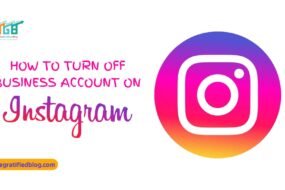
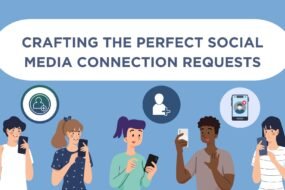
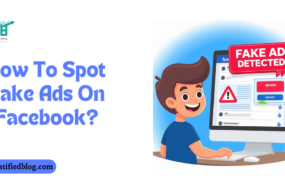
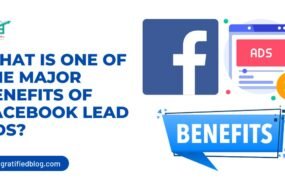
No Comments